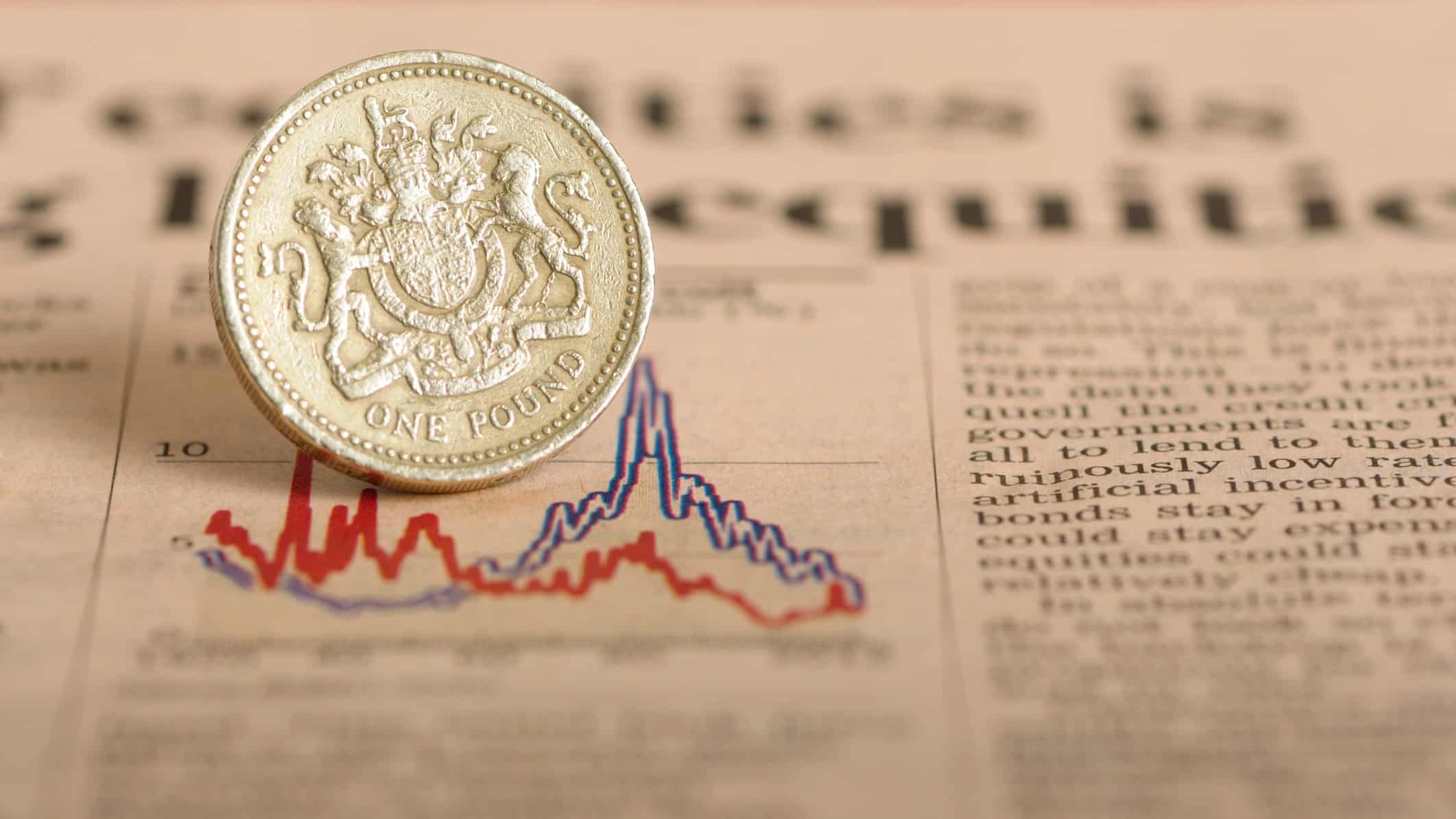I expected to start today saying the FTSE 100 is back above 7,000 points and heading upwards. But then what happens? Yes, it promptly drops back below 7,000, standing at 6,966 points as I write.
But I’ve started, so I’ll finish. And I’m convinced the Footsie will get back above 8,000 points. The only question is when.
If it reaches that level, what might FTSE 100 shares look like? Let’s assume all FTSE 100 shares rise by exactly the same proportion, just as an illustration.
FTSE 8,000
If the index jumped to 8,000 right now, based on current forecasts, here’s what the valuation of 10 popular FTSE 100 shares might look like.
| Company | Recent price | New share price | New fcast P/E | New fcast dividend |
| Lloyds Banking Group | 42.2p | 48.5p | 7.2 | 4.8% |
| Persimmon | 1,250p | 1,436p | 6.0 | 16% |
| National Grid | 942p | 1,082p | 10.4 | 5.1% |
| WPP | 758p | 871p | 11.0 | 4.3% |
| GSK | 1,383p | 1,588p | 13.7 | 5.4% |
| British American Tobacco | 3,389p | 3,892p | 12.4 | 6.1% |
| BAE systems | 811p | 931p | 19.2 | 2.8% |
| Shell | 2,307p | 2,649p | 5.4 | 3.3% |
| Rolls-Royce Holdings | 72.6p | 83.4p | 82.5 | 0% |
| Tesco | 209p | 240p | 12.3 | 4.8% |
Even after adjusting for a FTSE 100 rise to 8,000 points, these new valuations still look attractive to me.
Rolls-Royce stands out as an outlier. Rolls is only just returning to profit, and in a transition year the price-to-earnings (P/E) ratio can look very high. So that multiple of over 80 doesn’t mean much. Forecasts suggest it should drop to 18 in 2023, and under 11 by 2024.
BAE might also be at something of a turning point, and analysts have its P/E coming down to around 13 by 2024.
10 FTSE 100 buys?
I’d rate all the others as buys even at their boosted share prices. Lloyds Banking Group’s P/E of 7.2 would still only be around half the FTSE 100’s long-term average. And I’d be happy to take that dividend yield of 4.8%.
The Persimmon dividend assumes last year’s special will be paid again. But if that’s cut entirely and we see only a repeat of last year’s ordinary dividend, the yield would still be up at 8.7%. That’s a FTSE 100 housebuilder on a P/E as low as six, when the long-term demand for homes must surely remain high.
Oil not dead yet
Shell stands out too. Oil and gas shares are out of favour in the quest for renewable energy. But I think it’s going to be a long time for Shell to be sidelined, if it ever happens. And I expect a good few years of dividends yet. A P/E of only 5.4 looks cheap.
Putting aside individual stocks, which all carry different short-term risks, I draw one conclusion. Even with the uprated share prices, I think this would still make a good value, balanced FTSE 100 portfolio.
Things could get worse before they get better, though, and these are not in any way predictions. But it does convince me that, on the basis of longer-term share valuations, the FTSE 100 easily deserves to reach above 8,000 points.








